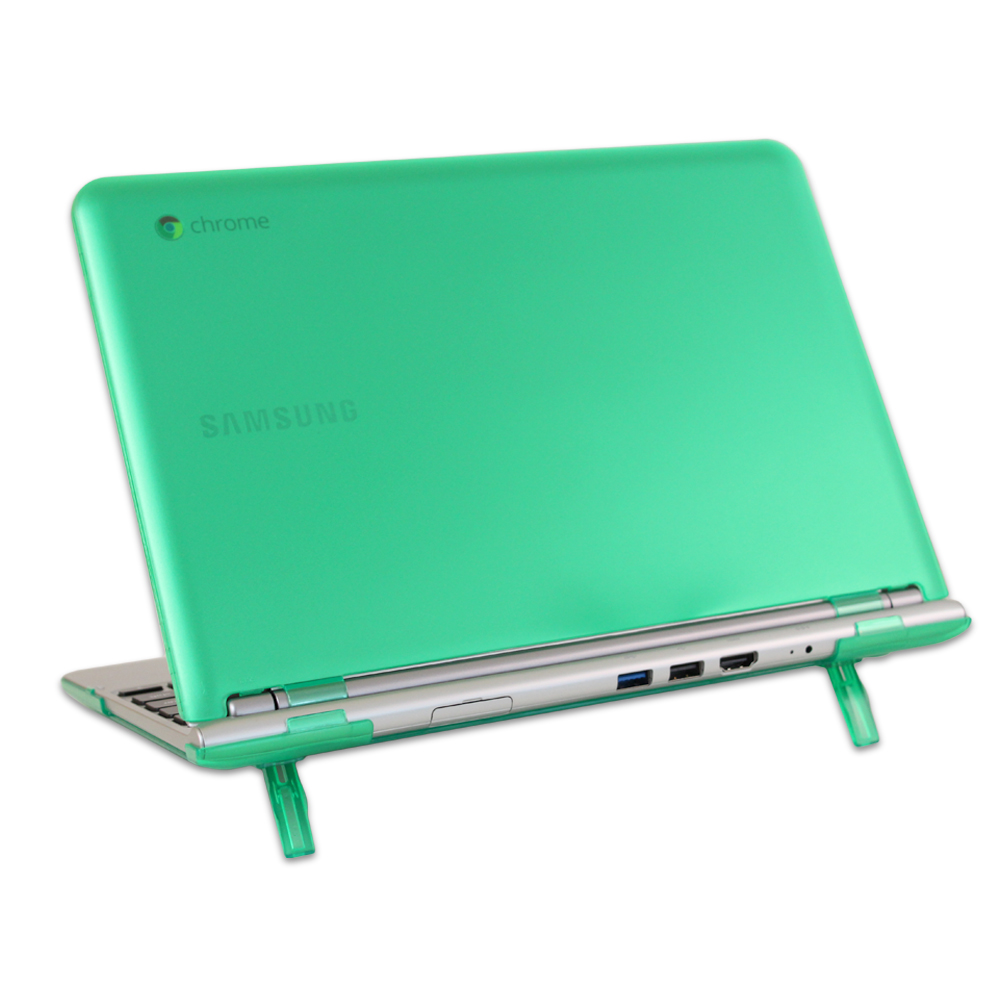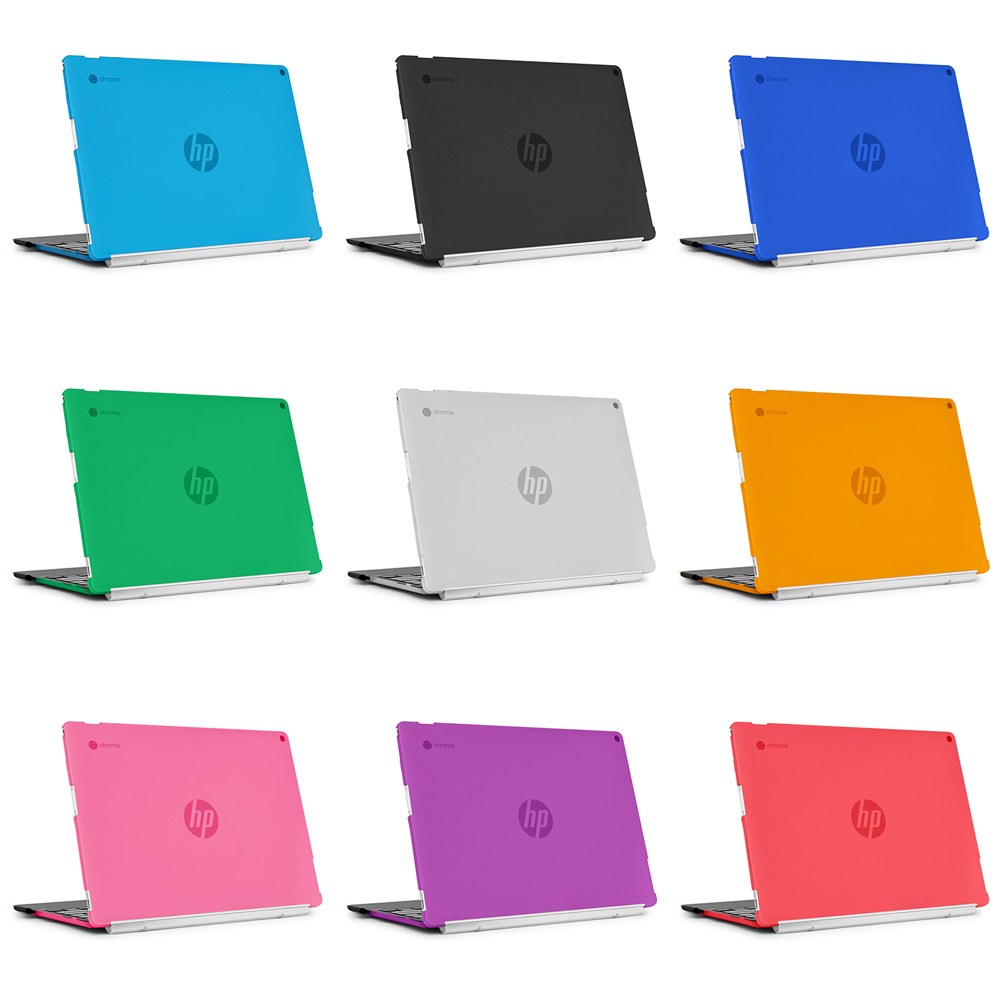
- #Chromebook secure shell how to
- #Chromebook secure shell code
- #Chromebook secure shell password
- #Chromebook secure shell professional
That’s it! You are now connected to your Chromebook via SSH using the Chrome OS Linux terminal.
#Chromebook secure shell password
Step 3: Enter your Chromebook password when prompted. Step 2: Type “ssh (replace “username” with your Chromebook username) and press Enter. Step 1: Open the Chrome OS Linux terminal by pressing Ctrl+Alt+T. The built-in Chrome OS Linux terminal provides a straightforward way to SSH into your Chromebook. Subsection 2.1: SSH via Chrome OS Linux Terminal In this section, we will discuss three different methods to SSH into your Chromebook: using the built-in Chrome OS Linux terminal, using a Secure Shell app, and using the Crosh shell. Now, let’s move on to the next section to explore different methods of accessing your Chromebook using SSH. Step 3: Type “sudo /usr/libexec/debugd/helpers/dev_features_ssh” and press Enter.Ĭongratulations! You have successfully enabled SSH on your Chromebook. Step 2: Type “shell” and press Enter to enter the bash shell. Step 1: Press Ctrl+Alt+T to open the Crosh shell. Once Developer Mode is enabled, you need to enable SSH on your Chromebook. Now that you have successfully set up Developer Mode, let’s move on to the next step. Step 5: Wait for the Chromebook to reboot and enter Developer Mode. Step 4: Press Ctrl+D on the keyboard to enter Developer Mode. Step 3: When the “Chrome OS is missing or damaged” screen appears, release all the keys. Step 2: Press and hold the Esc key, Refresh key, and Power button simultaneously. Step 1: Turn off your Chromebook by clicking on the power button. Follow the steps below to set up Developer Mode: In order to SSH into your Chromebook, you first need to enable Developer Mode. Subsection 1.1: Setting Up Developer Mode Now, let’s explore the various methods to SSH into your Chromebook. It provides a secured pathway for remote access, control, and file transfer.

SSH, short for Secure Shell, is a network protocol that allows secure and encrypted communication between two devices over an unsecured network. So let’s get started on this exciting journey of Chromebook exploration! Section 1: Understanding SSHīefore we delve into the specifics of SSHing into a Chromebook, it is crucial to have a clear understanding of what SSH actually is. In this article, we will provide you with step-by-step instructions, tips, and FAQs to help you effectively access your Chromebook using SSH.
#Chromebook secure shell professional
Whether you are a tech-savvy professional or a curious enthusiast, we have got you covered.
#Chromebook secure shell how to
It is up to you if you want to do this.Hello there, esteemed readers! We warmly welcome you to this comprehensive guide on how to SSH into a Chromebook. You will also be asked if you want to create a readonly password. It is likely that as this is your first time running VNC server that you will be asked to enter a password for connecting to the PI. Make sure the script matches the script above and try again. To do this type the following: sudo chmod +x /etc/init.d/vncserver To make sure you haven't made any mistakes enter the following: sudo /etc/init.d/vncserver start If any errors appear then the script hasn't been entered correctly. In order to be able to run the script at all you need to make it executable. The restart option, stops and restarts the VNC Server. The user is then switched to the user account specified by the export USER command and the VNC Server is started with the options specified as that user. When you specify the start option a message is sent to the terminal stating that the VNC server is starting.
#Chromebook secure shell code
If you run vncserver stop the code after stop) will run. For example if you type vncserver start the code after start) will run.

The case statement will look at the argument provided when you run the script and will run the appropriate code dependent upon the argument you specified. The OPTIONS line takes all of the parameters and appends them as input parameters for the VNCServer command.


Finally the GEOMETRY option specifies the screen resolution to use.īy specifying these options early in the script it makes it easy to adjust them to suit your needs. The DEPTH variable specifies the colour depth. By setting display to 1 you are specifying that VNCServer will run on port 5901. "DISPLAY" is used to determine which port number to use. In the script above we use three of them. The VNCServer takes a number of parameters. I don't advise copying and pasting scripts into your computer without knowing what they are doing so I will do my best to explain. Press CTRL and O to save the script and CTRL and X to exit nano.


 0 kommentar(er)
0 kommentar(er)
